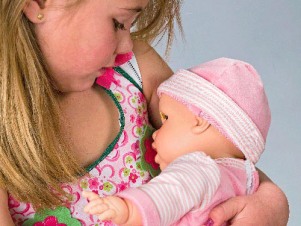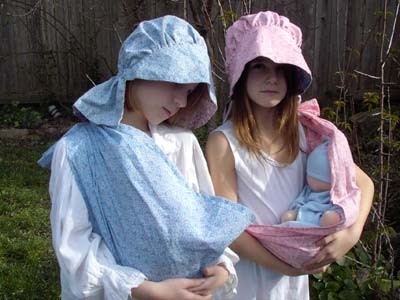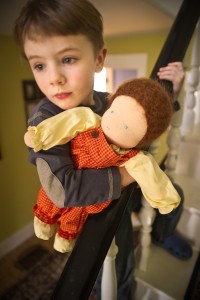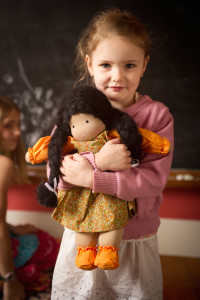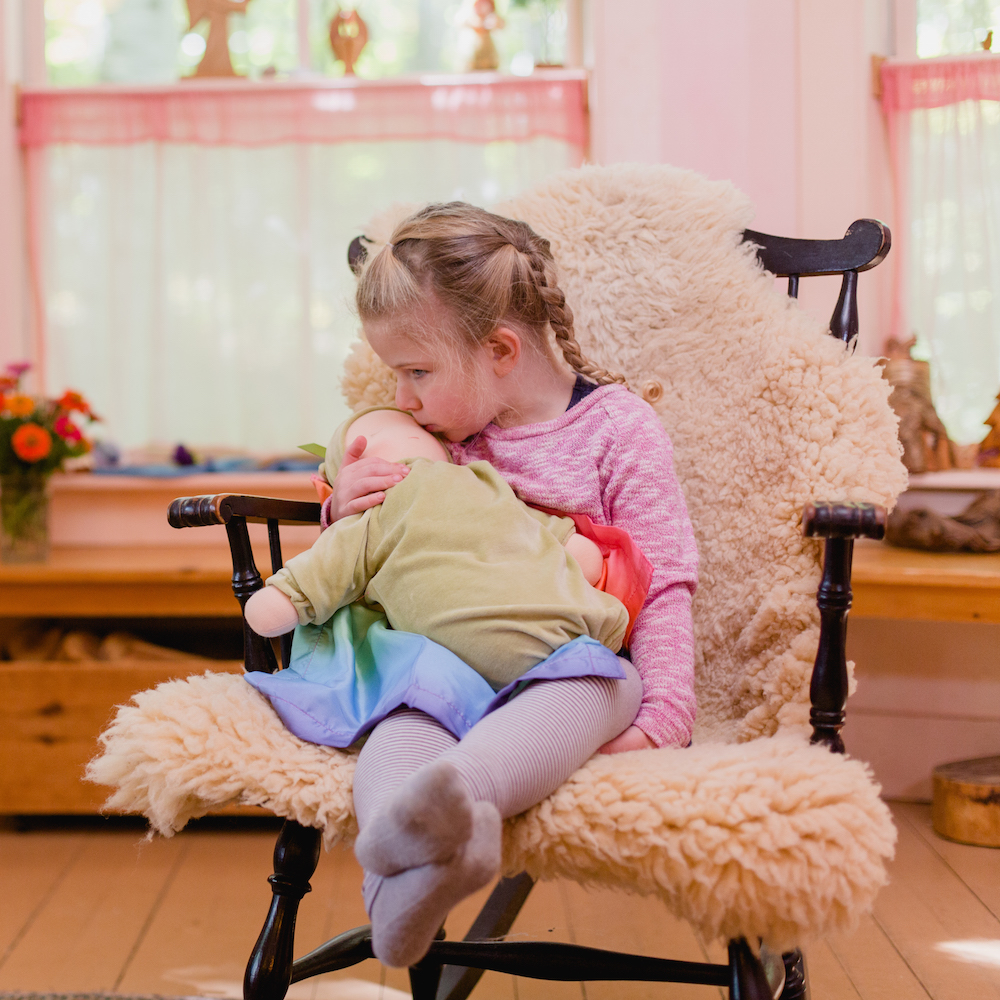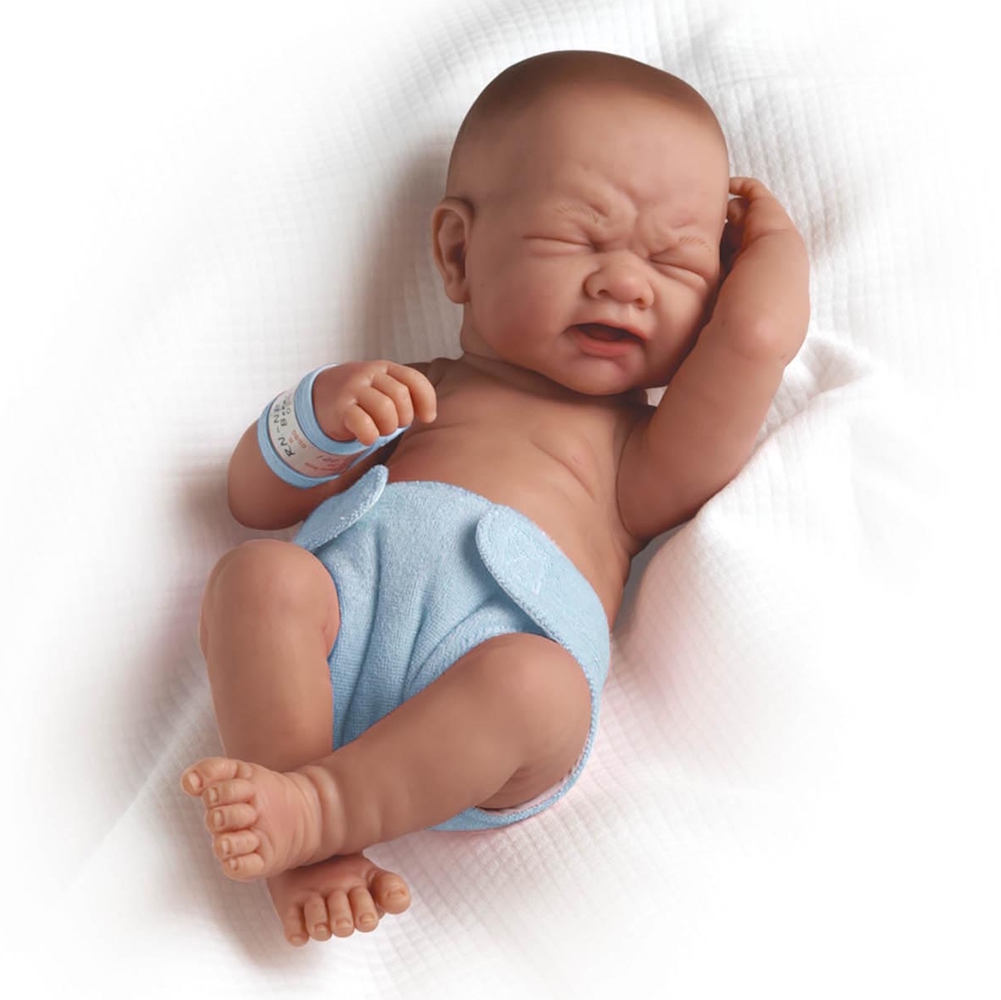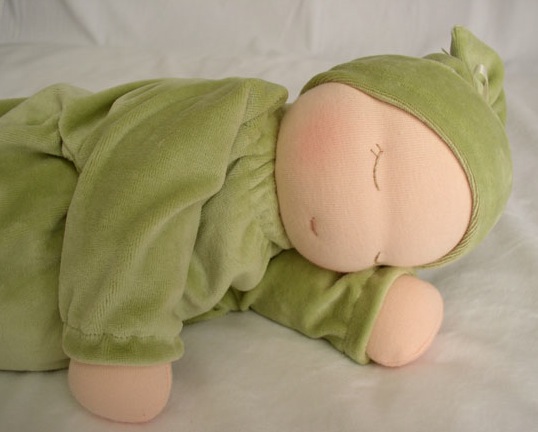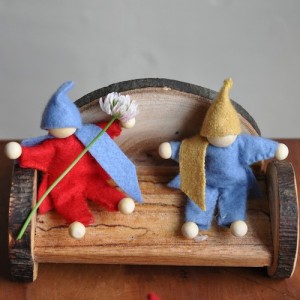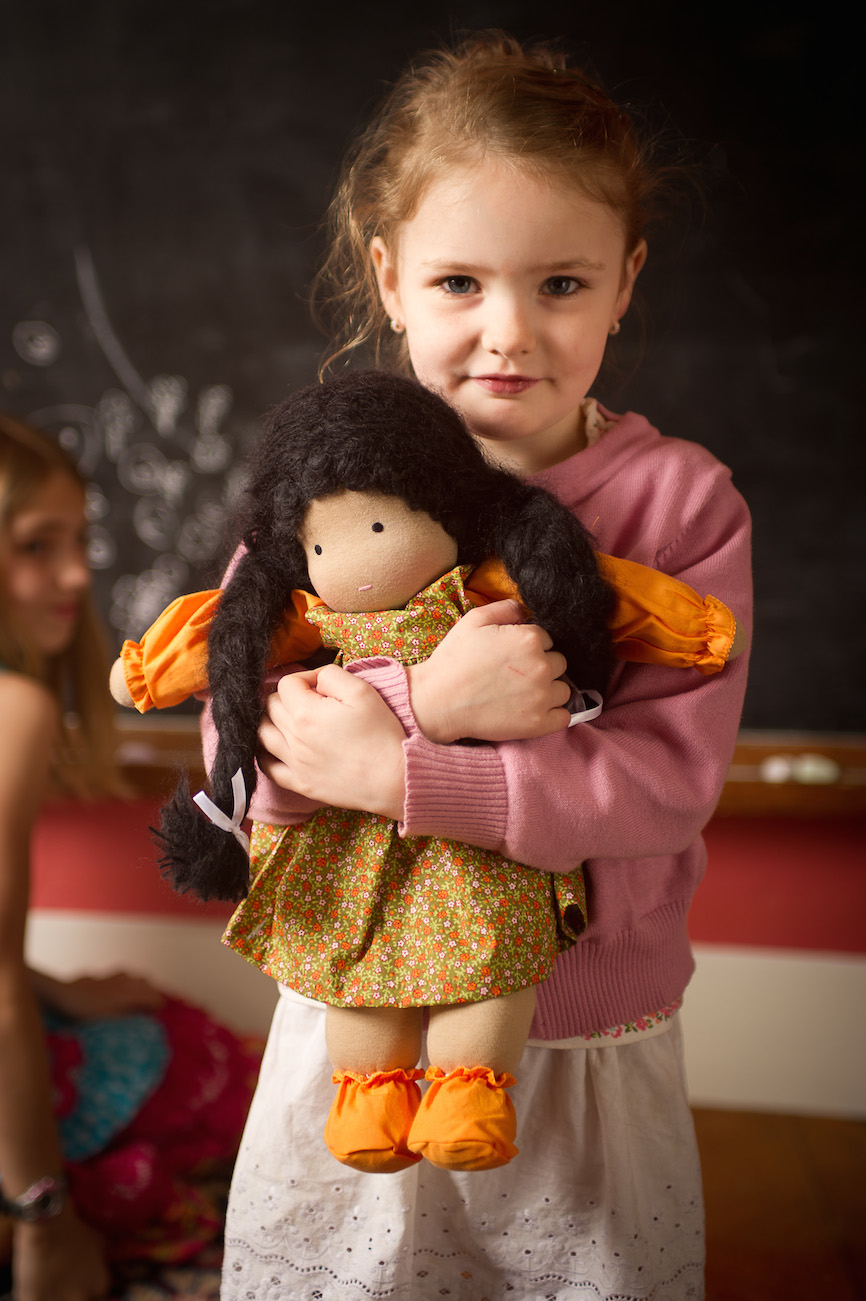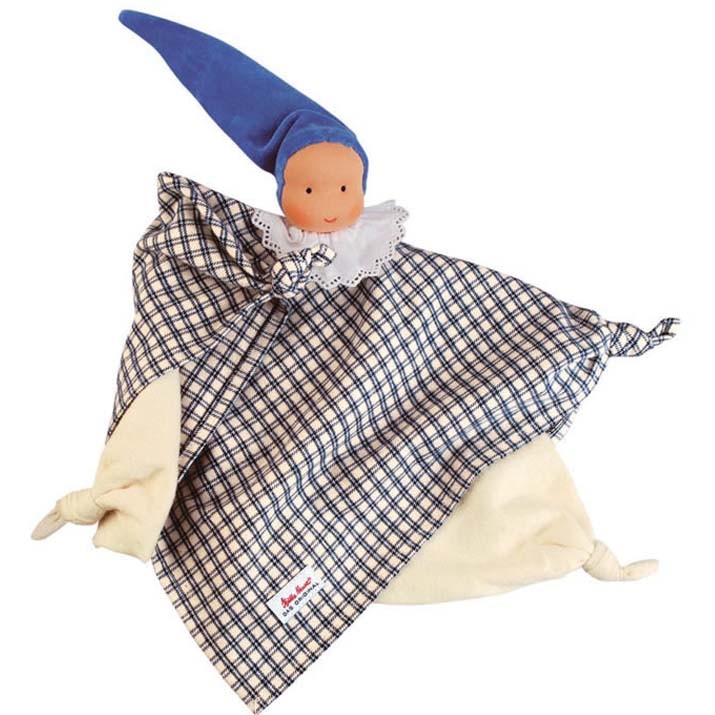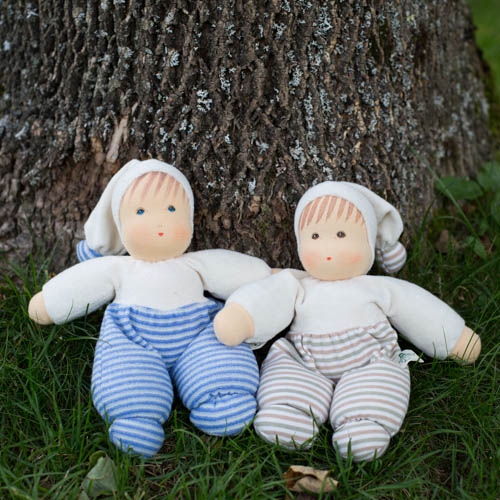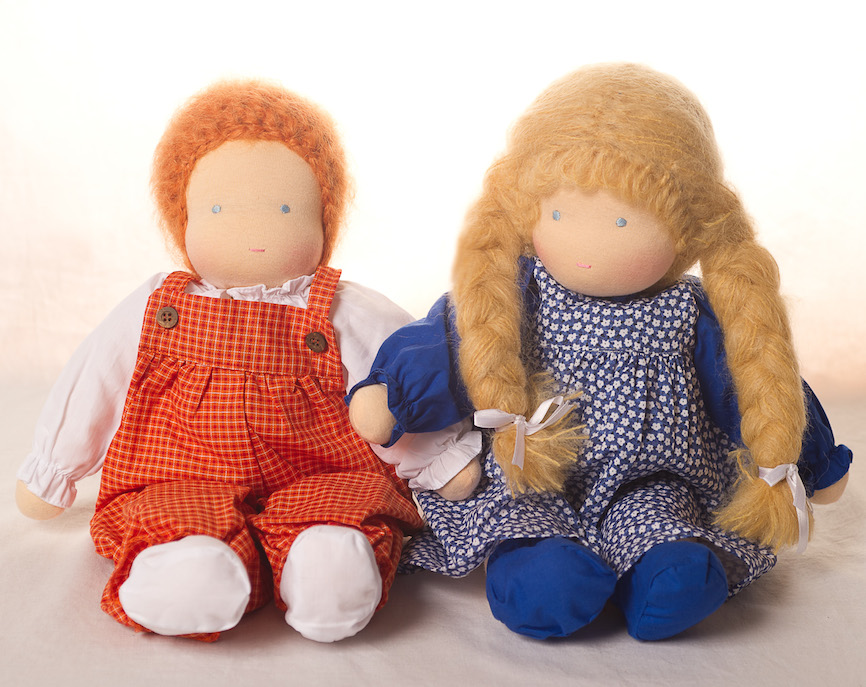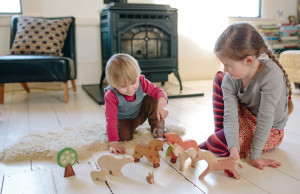Have you heard about the new Breast Milk Baby doll?
It’s a toy stirring up lots of buzz and controversy. It’s been the topic of much discussion on Bella Luna Toys’ Facebook page in recent weeks, as well as on major news organizations websites, salon.com and on a number of popular parenting blogs, generating hundreds of comments.
The Breast Milk Baby doll originated in Spain as “Bebe Gloton” (yes, that translates to “glutton”). It’s a baby doll that allows little girls to pretend to breastfeed. When a child holds the doll up to the flower-shaped nipples on the enclosed “fashionable” halter-top, the doll makes realistic sucking noises and wiggles.
Berjuan Toys, maker of the doll, states on its website (which, interestingly, claims that “God supports The Breast Milk Baby“:
“The doll lets young girls express their love and affection in the most natural way possible, by simulating natural nursing.”
So, what’s not to like about a doll that seeks to promote breastfeeding as normal and natural?
Well, lots, if you ask me.
Some critics claim that it encourages the early sexualization of young girls, and that it isn’t appropriate for them to be breastfeeding dolls.
I think that it’s normal and healthy for children to imitate breastfeeding (especially if they have seen their mother nurse a younger sibling), and I have observed many children, both girls and boys, doing so over the years. But at the same time, I don’t think that a young child needs to become aware of the mechanics of breastfeeding, or conscious of the purpose of her nipples at such a young age.
I recall one sweet boy who was a student in my nursery class many years ago. This boy loved to pretend to nurse one of our Waldorf dolls, which was frequently tucked under his sweater (even while simultaneously sword fighting with a friend!). I think of how the necessity of wearing a nipple halter-top to nurse his doll might have precluded the nurturing gesture of his play.
Plus one should ask the important question, “What else can this doll do besides breastfeed?” Babies don’t always eat. The less formed a doll is, the more a child can use his or her imagination to pretend the baby is laughing, sleeping, crying, playing, and so forth.
Now, I breastfed both my children until they were nearly three-years-old and you won’t find a bigger proponent of breastfeeding anywhere. But I don’t think that children need a special doll to normalize breastfeeding. Just give a child a beautiful baby doll.
She doesn’t need a nipple halter-top and real sucking noises. All she needs is her rich imagination.
![]()
What’s your opinion? Love it? Hate it? Or are you somewhere in between?

